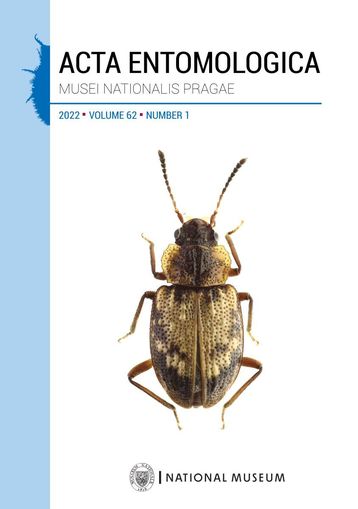New and little-known species of the genus Dicerapanorpa from northwestern Yunnan, China (Mecoptera: Panorpidae)
Ji-Shen Wang
The genus Dicerapanorpa Zhong & Hua, 2013 previously comprised 20 known species that are endemic to central and southwestern China. Herein, I present new knowledge of this genus from northwestern Yunnan, including descriptions of four new species, Dicerapanorpa harmonia sp. nov.,…

